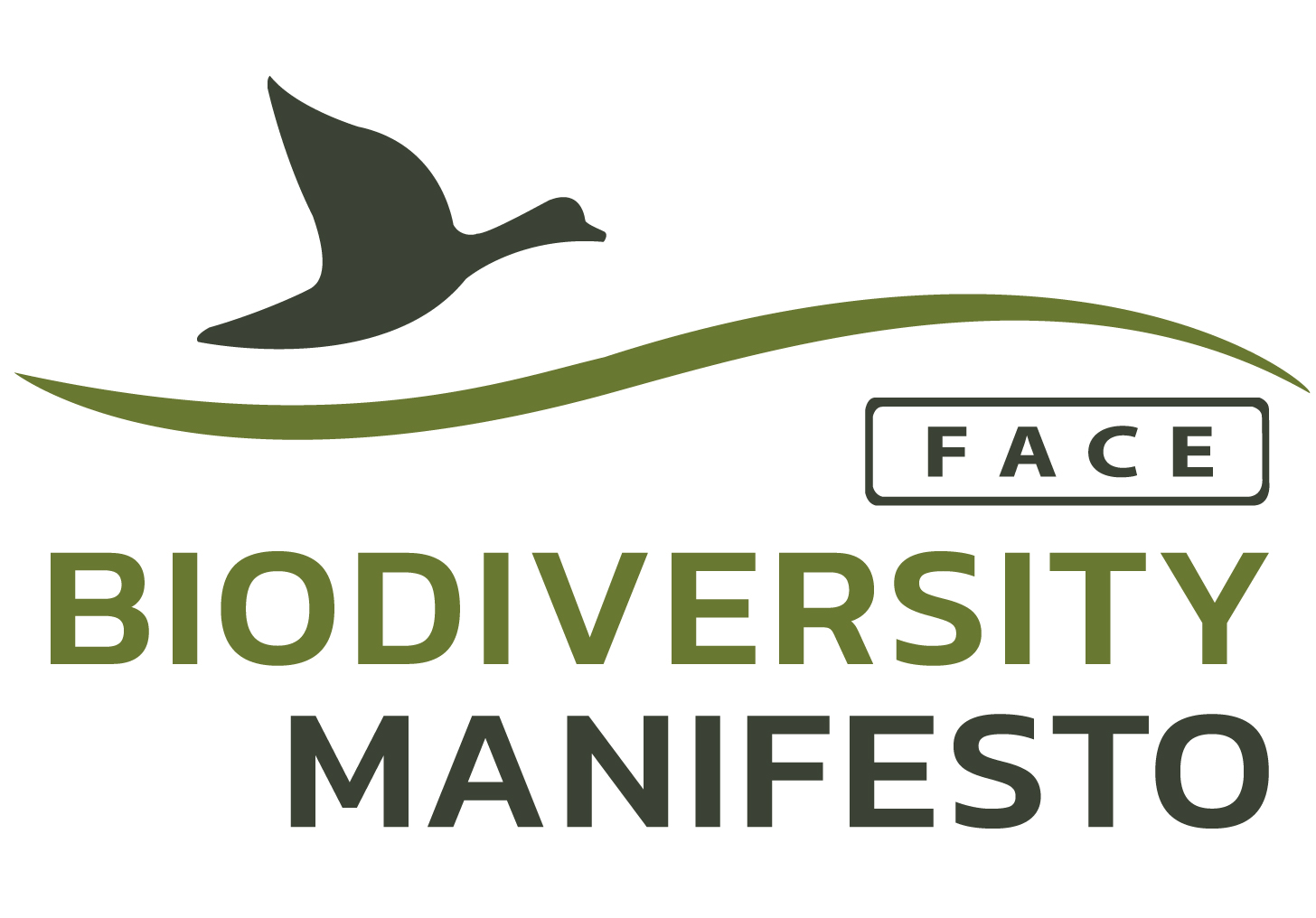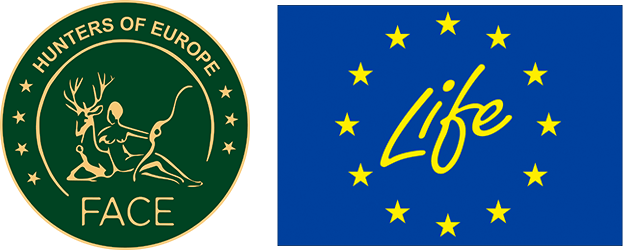To educate the heads of Russian Far East hunting estates about better management of wild ungulates. This would result in a population increase, thus benefiting both hunters and tigers The heads of Russian hunting estates travelled to Sweden where they visited hunting estates, the National Veterinary Institute, the Swedish Environmental Protection Agency, and the Swedish Hunters Association. They were educated on wild ungulate management techniques. The Russian visitors were all heads of Far East Russian hunting estates, they visited Swedish hunting estates for advice and training
Country: Sweden,Russia
Region: North and East Sweden; Primorye, Russia
Starting date: 2000
Species: Amur Tiger - Panthera Tigris Altaica;ungulates, In Particular Cervids
Species characteristics: Huntable species, Protected species, Threatened species
Type of actions: Management of habitats and wildlife, Communication
Leading partners: WWF-Russia (www.wwf.ru/eng),WWF-Sweden (http://www.wwf.se/)

